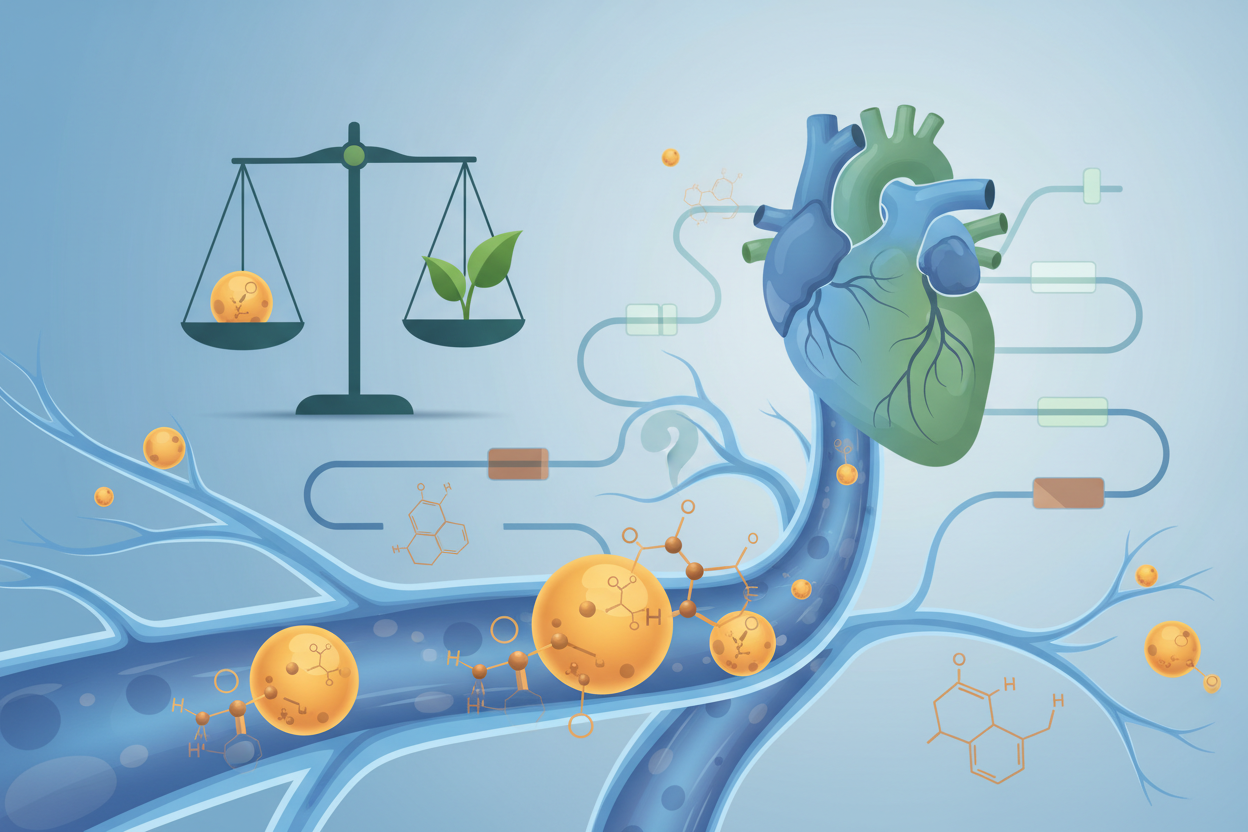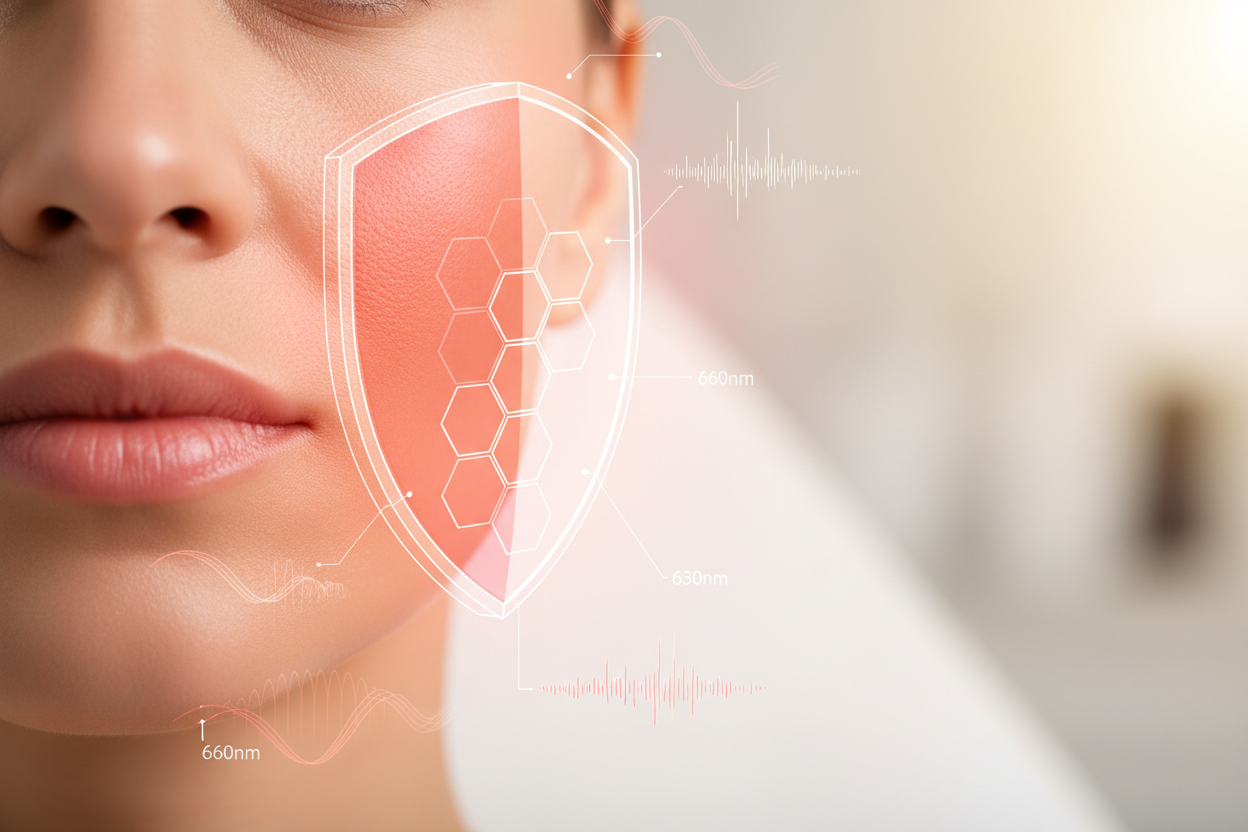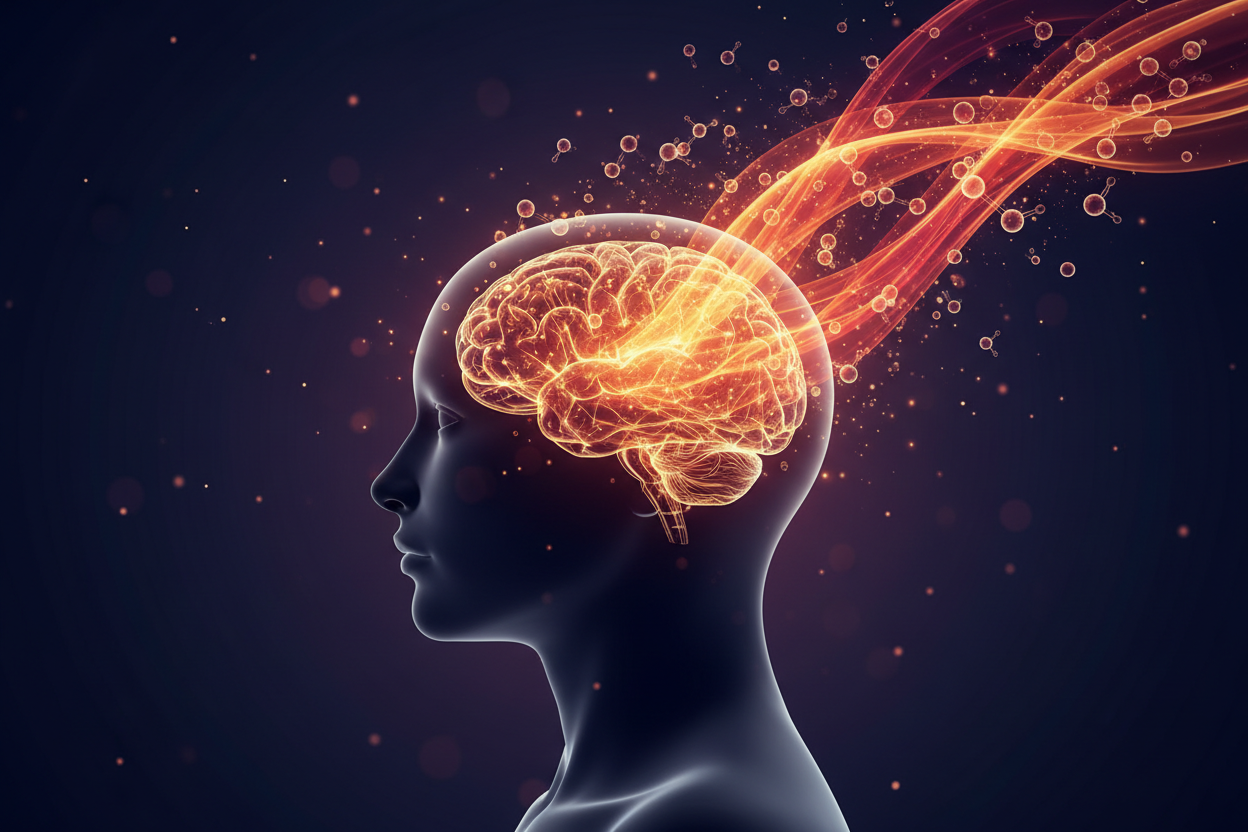
Blue light therapy for the treatment of candidal vaginitis with a comparison of three wavelengths: an in vitro study
Antifungal therapy with blue light (ABL – Antifungal Blue Light Therapy) has become the subject of intensive research in recent years for the treatment of various microbial infections – including candidiasis. Wavelengths in the range of 400–470 nm have shown the ability to inhibit the growth of bacteria and fungi, with newer studies focusing directly on the Candida albicans, which is the main cause of vaginal mycoses.
One of the key studies tested the effect of three different wavelengths (405, 415, and 450 nm) of blue LED light at an intensity of 50 mW/cm² – and that simultaneously on C. albicans cells and on human vaginal epithelial cells. The goal was to find the ideal compromise between maximum effectiveness against molds and minimal damage to the host tissue.
Results?
-
Light with a wavelength of 415 nm achieved the most advantageous balance – strongly inhibited Candida albicans while maintaining high viability of vaginal cells.
-
On the other hand, light at 450 nm did suppress the mold, but caused greater damage to healthy tissue.
-
405 nm also had an antifungal effect, but with slightly higher cytotoxicity than 415 nm.
Study thus confirms that The wavelength of 415 nm represents an optimal choice for phototherapeutic treatment of yeast infections, without significantly compromising the natural regenerative abilities of the mucosa. These findings are crucial for the development of non-invasive and non-chemical forms of treatment for vaginal yeast infections, which respect the integrity of female biology.
Entire study: Multimodal vaginal toning for bladder symptoms and quality of life in stress urinary incontinence – PMC (nih.gov)



Leave a comment
This site is protected by hCaptcha and the hCaptcha Privacy Policy and Terms of Service apply.